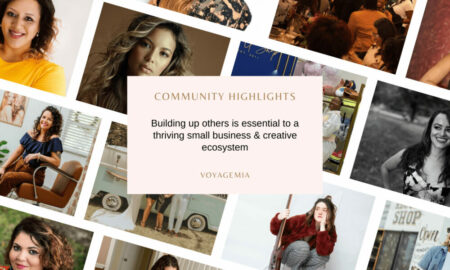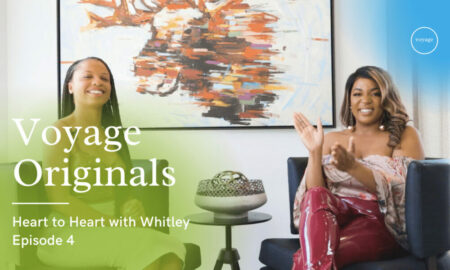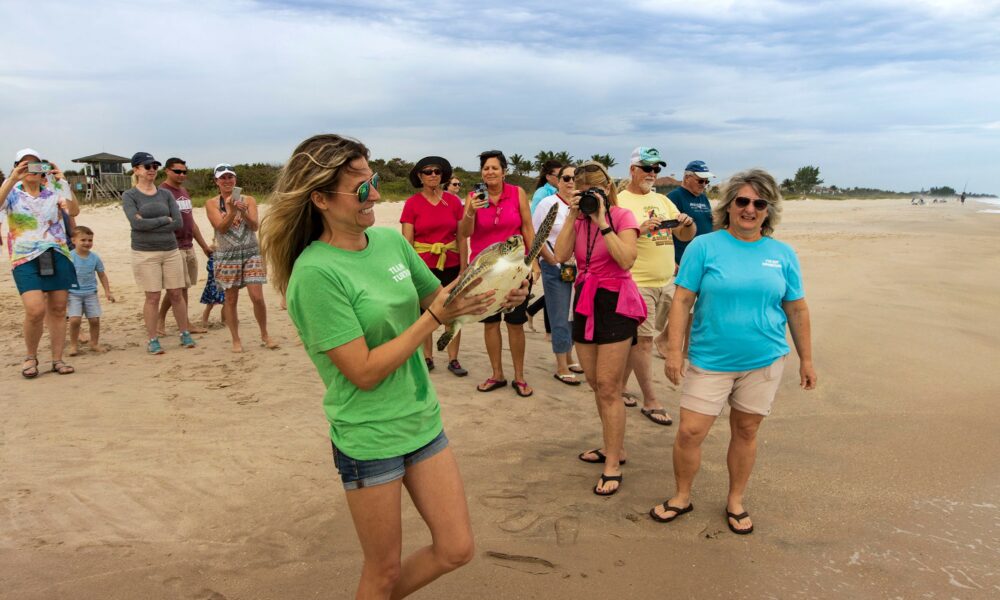

Today we’d like to introduce you to Kendra Bergman.
Hi Kendra, it’s an honor to have you on the platform. Thanks for taking the time to share your story with us – to start maybe you can share some of your backstory with our readers.
I was first inspired to become a biologist when I was in 8th grade. My family had the opportunity to visit Hawaii and when I was snorkeling, a green turtle swam right up to me, gave me a look, and then majestically swam away. It was a life-changing experience that ended up shaping my entire future.
I decided to attend college to study marine biology and then was accepted into graduate school to specialize in sea turtle conservation. After graduating I started a job working in local government and realized there was a real need for more in-depth programming focused on helping sea turtles survive in Indian River County, FL. Indian River spans 22.4 miles of beautiful coastline full of wormrock reefs, the incredibly diverse Indian River Lagoon, and sandy nesting beaches, including the Archie Carr National Wildlife Refuge.
When I moved to Vero Beach in 2015, no NGO was focusing its mission or programming around sea turtle protection, outreach, and conservation. So, in 2017, I founded one! I know that sounds so easy, but it has truly been a learning experience every day, with ups and downs and new challenges and rewarding outcomes. When you first start a grassroots organization, you do not know that much. It is the passion for the cause that fuels you to learn, try new things, and then learn some more.
After 7 years of managing Coastal Connections, I can proudly say that we are making rippling impacts within our community and across Florida. We are no longer the 8-person group of volunteers monitoring sea turtle nests every day in the summer. We have quickly grown to have an expert staff leading 130+ program volunteers and 1,000+ community volunteers each year.
Our programming has expanded from sea turtle nest surveys to include summertime sea turtle experiences like Turtle Walks and Turtle Digs to managing a county-wide sea turtle rescue team and offering multiple community-driven recycling and cleanup programs that recover thousands of pounds of debris from our waterways and divert thousands of pounds of single-use plastic film from our landfill every year, repurposing it into outdoor decking and furniture.
Why offer such a diverse pallet of programming? Because it is our goal to involve all people in the conservation success story of sea turtles. It will take everyone’s help to ensure these species are able to recover from the endangered species list. And, all people may want to help in different ways. Some people enjoy coastal cleanups, while others are great educators who want to inspire the next generation, and then there are people who want to serve on the front line rescuing injured turtles.
But, why have we invested so many resources into saving only one type of marine animal? Because we aren’t just saving sea turtles! By protecting the habitats sea turtles need to survive, we are also protecting all of the other animals that call our reefs, beaches, and lagoons home. Sea turtles serve as a “spokesperson” for the marine world, alongside manatees and whales. These charismatic animals can engage people in conservation practices in ways that maybe fish, mangroves, or snails cannot. In addition, sea turtles are considered keystone species. Meaning, that if sea turtles were to disappear, it would have a rippling impact on other species and habitats in the ecosystem. Sea turtles provide immense amounts of fertilizer to nesting beaches, supporting the growth of important dune vegetation, they also provide homes for small critters living on their shells, which then feed thousands of commercially and recreationally important fish living within reefs. They also maintain the jellyfish population because all sea turtles LOVE eating jellyfish!
Sea turtles have the ability to maintain the health of our oceans and coastal ecosystems, and we should be doing a better job and protecting them by boating slowly in shallow areas, preventing trash from escaping into waterways, and eating sustainability-farmed or caught seafood. We have decades of work ahead of us and I am excited about the new challenges I will face as I continue to grow this organization and the impacts it makes on our oceans and our sea turtles.
I’m sure it wasn’t obstacle-free, but would you say the journey has been fairly smooth so far?
Running a nonprofit is never a smooth operation. As a nonprofit leader, you are changing and shifting daily. Being flexible and adapting is key to success in this industry. I also never want to think of struggles as a bad thing, but instead as a learning experience that pushes me and my team forward to the next step of success.
There is always something to learn whether it’s new bookkeeping skills because your Treasurer has to quit unexpectedly due to family, or it’s being there for a long-term volunteer who enters cancer treatments to show the same level of support to them as they have to the organization over the years. The only way I find myself not being burnt out by the ever-changing challenges I face is by building a family-minded work environment so everyone helps and supports each other when struggles arise.
Alright, so let’s switch gears a bit and talk business. What should we know about your work?
There are a number of sea turtle conversation groups all across Florida, but what I believe sets us apart from everyone else is our approach. We want to involve all people in the conservation success story. We specialize in making science seem sexy or communicating science in a way that everyone can understand. This in turn inspires and encourages people to take one action to help sea turtles survive and if 10,000 people are all doing one small action, it is no longer a small action.
We have the most excellent education team who translates real-life programs like sea turtle nest evaluations, coastal cleanups, sea turtle rescues, or even underwater camera research to school lesson plans to help local students see that science can be cool and that each of them has the ability to make lasting impacts to protect our environment.
What do you think about happiness?
I love spending time with my dogs and my husband out in nature. My happy place is hiking into the woods and hearing the sounds of Mother Earth… birds chirping, trees blowing, streams flowing. It is a calming reset to the busy life I lead.
Contact Info:
- Website: www.coastal-
connections.org - Instagram: @coastalconnections_inc
- Facebook: @coastalconnectionsinc
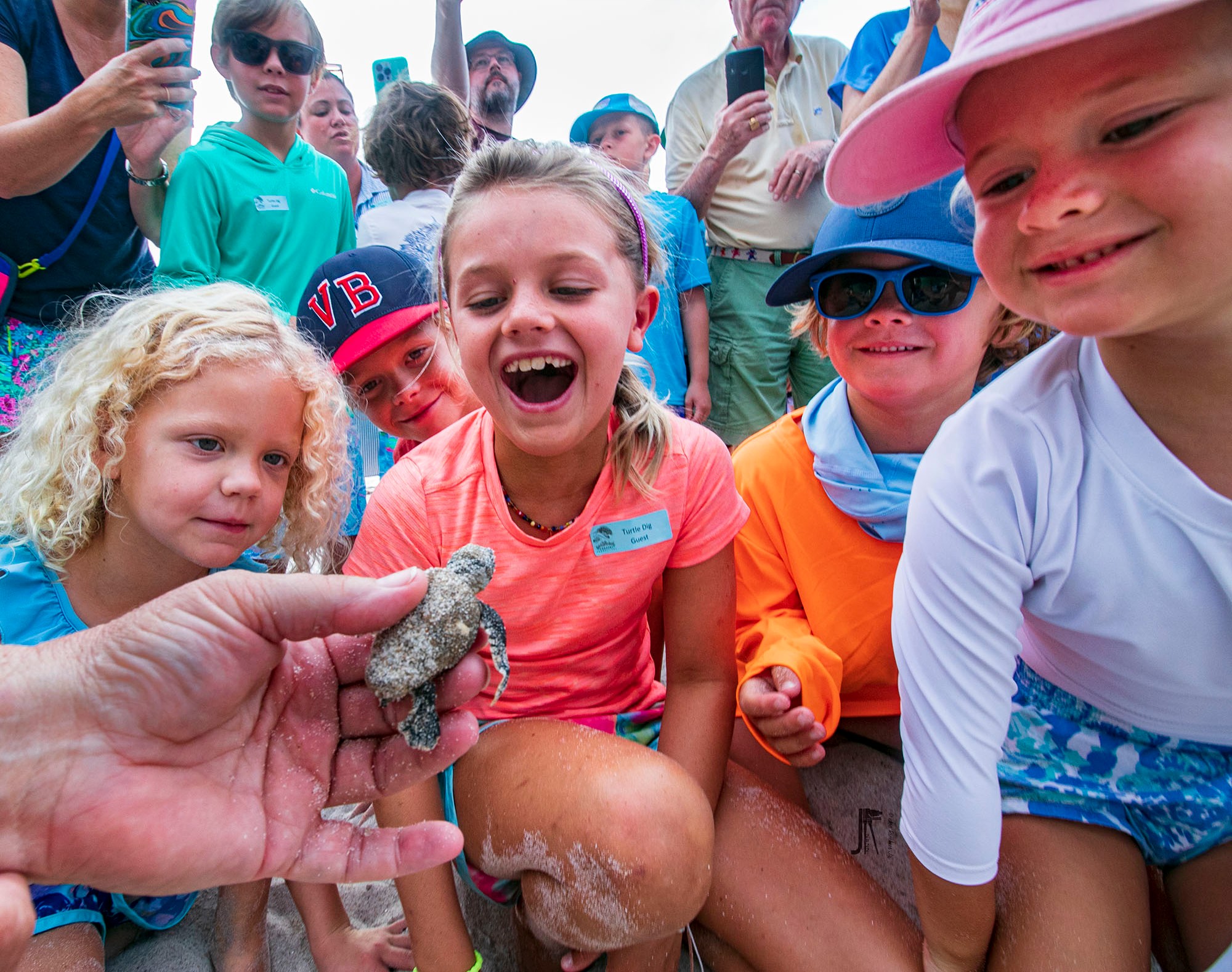
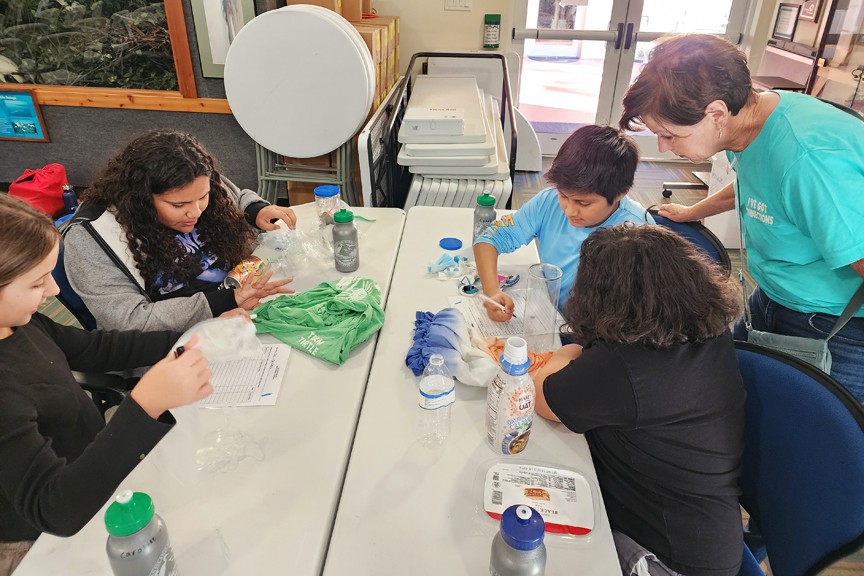
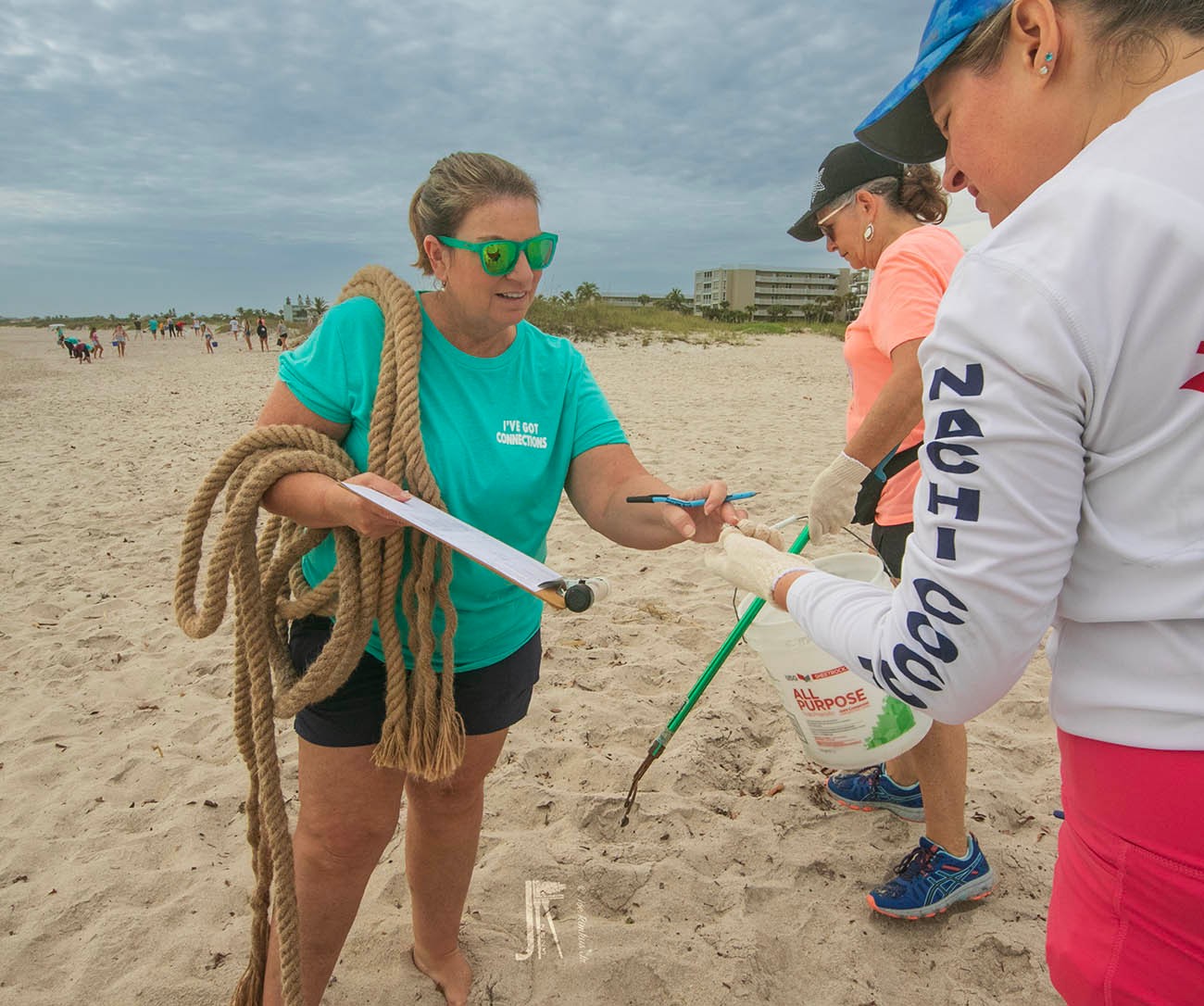

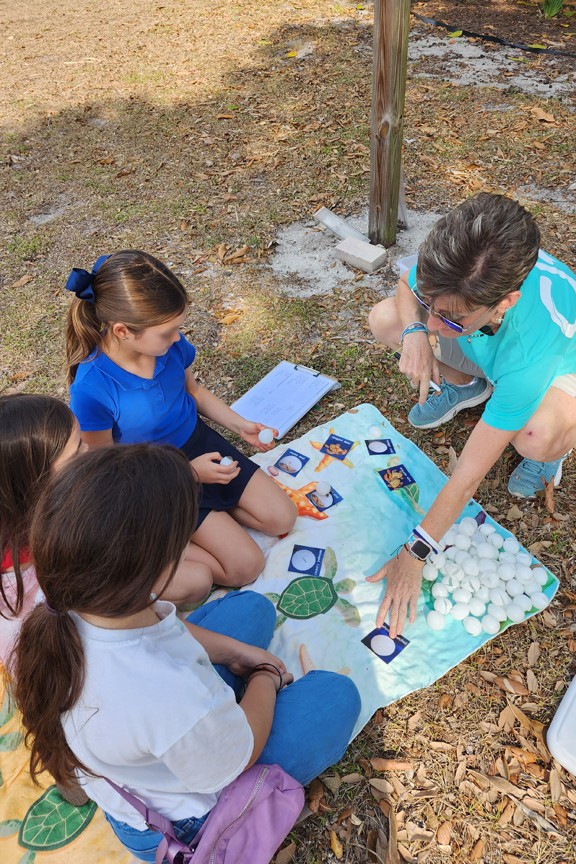
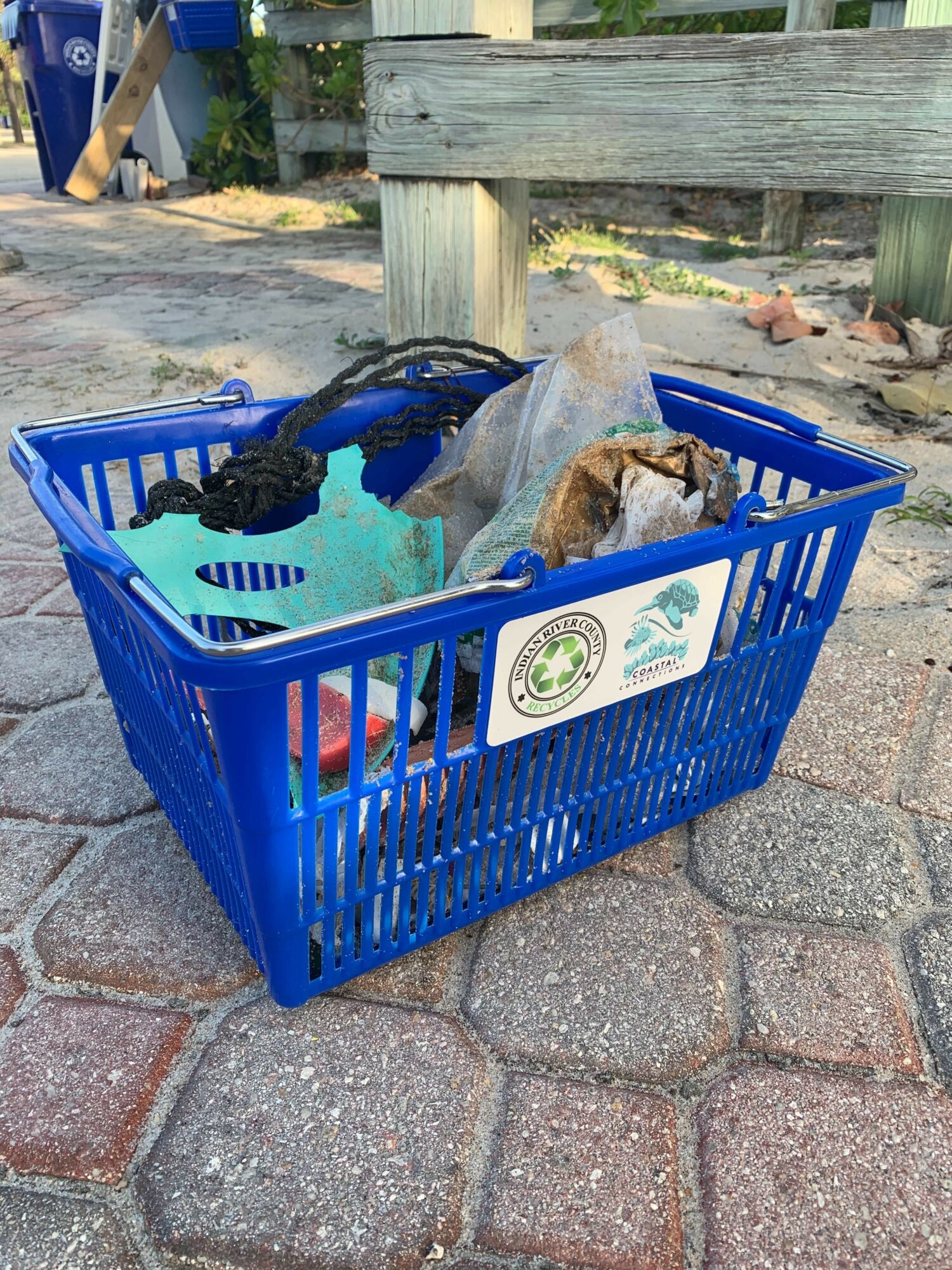
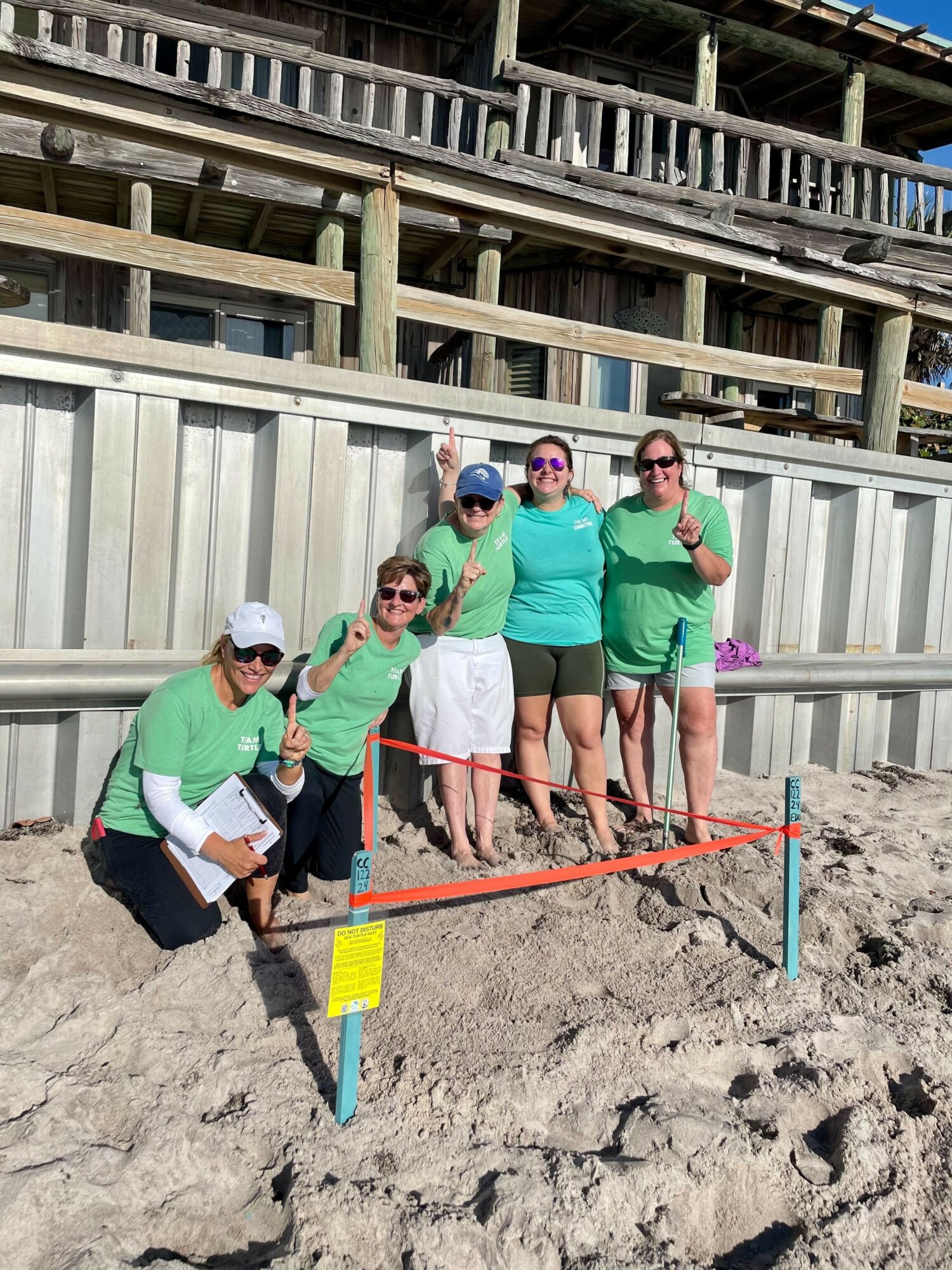
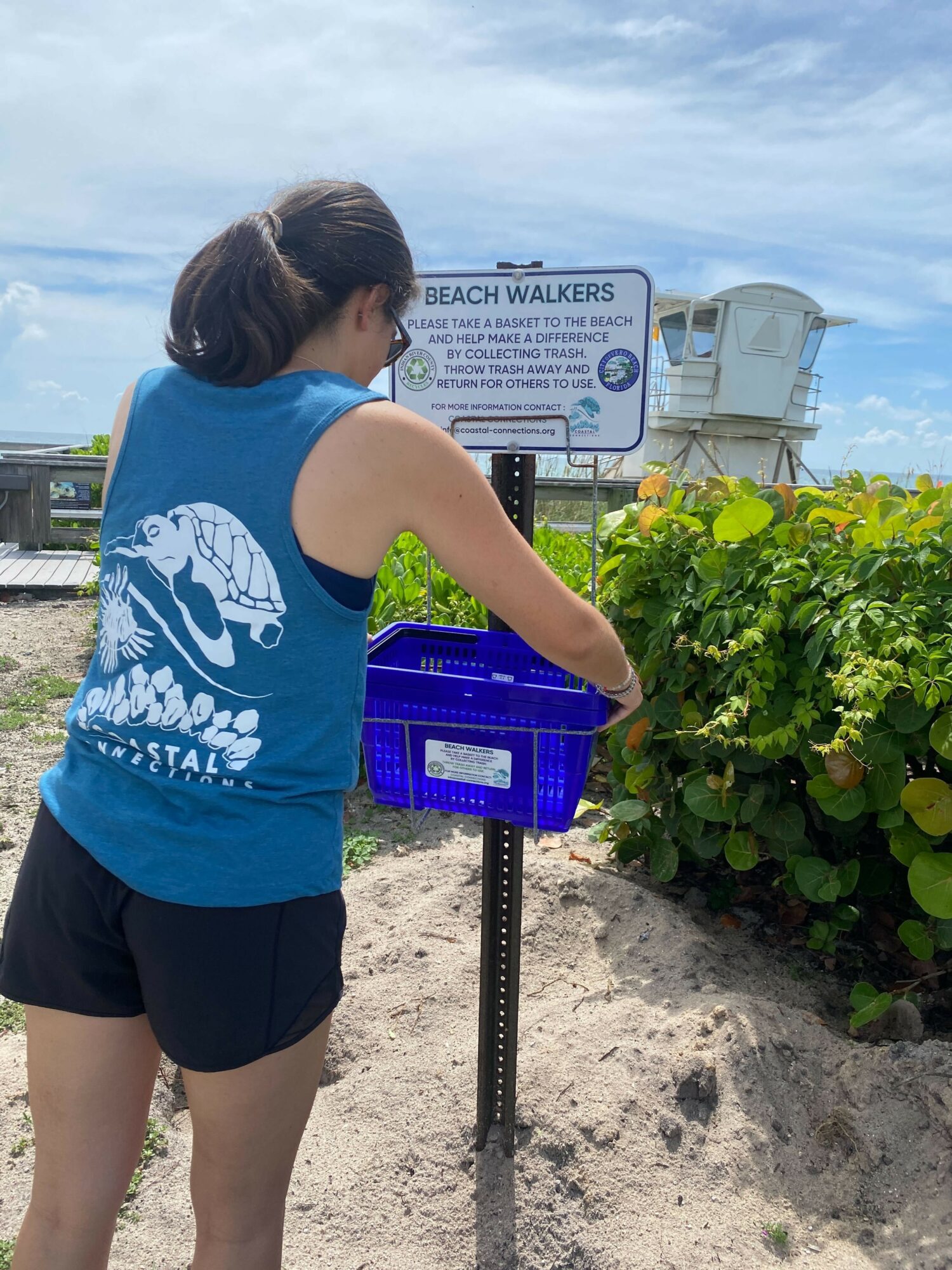 Image Credits
Image Credits
Joe Rimkus Jr.










